What is Hamas? Everything you need to know about the militant group fighting Israel
The Iran-backed faction up-ended the stability of the entire Middle East when its militants surged into Israel from the Gaza Strip, catching some of the world’s best trained and equipped security forces off guard. So what does Hamas actually want?
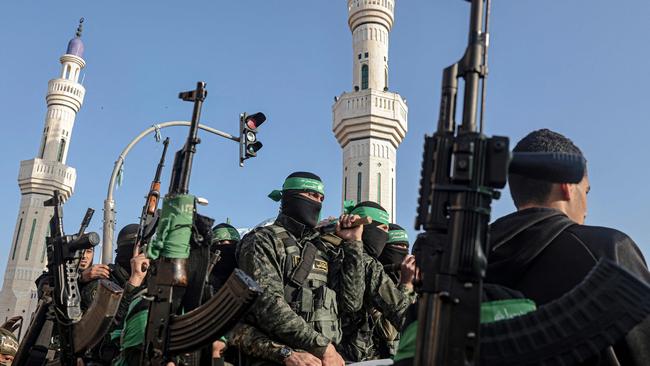
Hamas up-ended the stability of the entire Middle East when its militants surged into Israel from the Gaza Strip on October 7. Israelis across the political spectrum were shocked by the scale of the assault and the extent of the violence. Some called it Israel’s 9/11 for how some of the world’s best trained and equipped security forces were caught unprepared and powerless to ward off the incursions. At least 900 people were killed and dozens of others taken hostage.
Israeli forces are now pounding Gaza, killing more than 780, in what many anticipate to be a prelude to a full ground invasion of the tiny enclave.
But what exactly is Hamas, and what are its objectives?
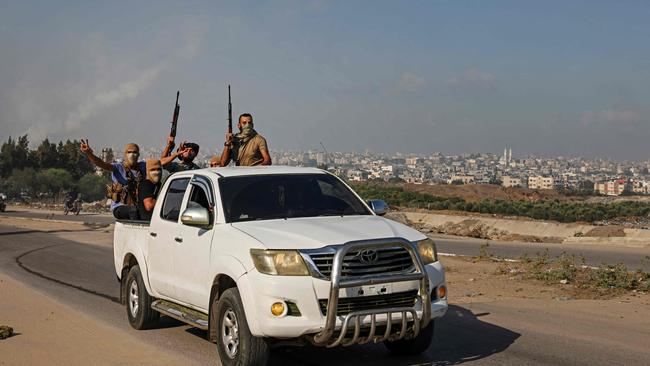
What is Hamas?
Hamas, an Arab acronym for Islamic Resistance Movement, was founded in 1987 after an eruption of protests and riots over Israel’s military occupation of the West Bank and Gaza. Founder Sheik Ahmed Yassin’s initial aim was to create an Islamic state on the land now comprising Israel, the West Bank and Gaza, a goal later reaffirmed in the Hamas Charter a year later.

Hamas subsequently signalled it is willing to accept a two-state solution based on Israel’s borders as they were before 1967, but the group continues to reject Israel’s right to exist and opposed the Oslo Accords negotiated by Israel and the Palestine Liberation Organisation in the 1990s. It maintains a powerful military wing in addition to its political and social-welfare arms. The US, European Union and Israel deem it to be a terrorist organisation.
After Hamas won legislative elections in Gaza in 2006, the following year it forcibly removed officials from the more moderate Fatah group in a week of fighting. More than 100 people were killed in the conflict, which separated the Palestinian territories into Hamas-controlled Gaza and the Fatah-controlled Palestinian Authority in the West Bank.
Why did Hamas attack Israel now?
The October 7 assault saw Hamas fighters entering Israel by land, sea and in some cases by motorised paragliders. It happened the day after the 50th anniversary of the beginning of the Yom Kippur War, when the armies of Egypt and Syria launched a surprise attack overwhelming the Israeli defences in the Sinai Peninsula and on the Golan Heights before Israel could strike back, subsequently settling areas of the West Bank.
Hamas said the specific trigger for the assault was an unspecified desecration at the Al Aqsa Mosque in Jerusalem, the third-holiest site in Islam.
The timing, however, may have been dictated by Iran. The Wall Street Journal has reported how Tehran sent top military and diplomatic officials to meet with the leadership of both Hamas and Hezbollah, which operates in southern Lebanon, in the weeks and months before October 7, hoping to direct its allies in a co-ordinated attack on Israel. Israeli Prime Minister Benjamin Netanyahu was facing increasing opposition over his plans to limit the power of the country’s judges, leaving Israel badly divided. More important, perhaps, the attack was aimed at disrupting US-brokered talks to normalise relations between Saudi Arabia and Israel that Iran and the Palestinians saw as a threat, senior Hamas and Hezbollah members said.
Who is the leader of Hamas?
There are several key figures in Hamas’s leadership structure. Among them is Mohammed Deif, the group’s military chief. He was prominent in the aftermath of the October 7 attack, describing it as retribution for Israeli treatment of the Al Aqsa Mosque in Jerusalem. Deif has been the target of several assassination attempts.

His wife and infant son were killed in an Israeli air strike in Gaza in 2014. In subsequent years, he warned Israel of military action over land disputes in East Jerusalem, where Palestinian residents have faced growing pressure to leave.
The head of Hamas’s political arm since 2017 is Ismail Haniyeh. Born in a refugee camp in Gaza, he succeeded Khaled Meshaal, the Hamas leader who first broached the idea of accepting the borders laid out prior to 1967, when Israel expanded its territory in the Six Day War.
Where is Hamas’s headquarters?
Hamas is largely concentrated in Gaza City but also has operations in the West Bank and an overseas presence among the Palestinian diaspora. Israel has long accused the group of operating in civilian areas to discourage attacks.
What is the history behind the Israel-Gaza conflict?
The enmity between Israel and the Palestinians ultimately can be traced back to the territorial conflicts surrounding the creation of the Israeli state in 1948. Hundreds of thousands of Palestinians fled or were expelled from their homes to seek refuge in areas including the West Bank and Gaza, a coastal strip of land between Israel and Egypt around twice the size of Washington, DC, Egypt subsequently occupied the area until the Six Day War in 1967 when Israeli forces took control.
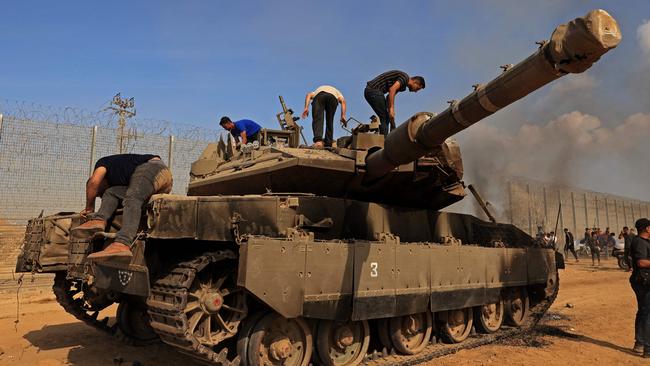
Israel agreed to give Palestinians partial autonomy in part of the territory after the signing of the 1993 Oslo Accords. It withdrew its remaining settlers and soldiers from the strip in 2005, instead adopting a policy that effectively sealed off Gaza from much of the rest of the world. Egypt also moved to pen in many of Gaza’s two million people.
When Hamas secured control of Gaza in 2007, tensions with Israel steadily escalated, with Israeli forces launching military operations in the enclave in the winter of 2008-09 and again in 2011.
Then, in 2014, Hamas-affiliated militants kidnapped and killed three Israeli teenagers in the West Bank. The incident led to Israeli raids in the territory and some 350 arrests. Hamas responded by firing a barrage of rockets into Israel from Gaza, sparking a seven-week-long conflict in the territory and the deaths of more than 2,000 Palestinians. In addition, 67 Israeli soldiers, five Israeli civilians and a Thai citizen were killed. The conflict was notable for the way Hamas demonstrated a greater capability to fire deep into Israel, with rockets now reaching Tel Aviv and Jerusalem.
Since then, Israel largely tried to follow a policy of containing Hamas, though violence was ever-present in the background. In 2021, after weeks of confrontation in Jerusalem between Israelis and Palestinians over access to some of the city’s religious sites, Hamas and Islamic Jihad fired a barrage of rockets into Israel, killing 14 civilians and one soldier. Israeli counterstrikes killed more than 250 in Gaza before Egypt helped broker a ceasefire. With Israeli forces now massing on the border with Gaza and Netanyahu vowing retribution, the containment policy could be at an end.
Who funds Hamas?
US officials have said Iran has provided significant financial and weapons support for Hamas. In 2019, for example, the US Treasury said the militants’ military wing, known as the Al-Qassam Brigades, had received more than $US200 million from Iran’s Islamic Revolutionary Guard Corps in the previous four years.
Israeli defence officials said Iran has also helped provide technical expertise for Hamas to develop its own rockets and missiles and evade Israeli blockades. Some are now capable of reaching Jerusalem and Tel Aviv. Hamas also is increasingly using cheap drones to hit Israeli targets.
But Tehran isn’t alone in providing funds for Hamas. The Al-Qassam Brigades have meanwhile benefited from a wave of cryptocurrency donations, particularly after the 2021 conflict.
Other countries have provided relief aid and other funding for civilian purposes. Qatar has provided hundreds of millions of dollars in aid to both Hamas and the Palestinian Authority in the West Bank to fund reconstruction and government expenses after Israeli bombardments.
The White House, meanwhile, has dismissed suggestions from Republican opponents that Iran is now able to provide more support to Hamas after the U.S. unfroze a $6 billion tranche in Iranian funds as part of a prisoner swap agreement. US officials say the money can only be used for specific humanitarian purposes. Nikki Haley, among others, has said it still frees up money elsewhere in the Iranian budget that could be directed to Hamas.
What’s the difference between Hamas and Hezbollah?
Hamas is a Sunni group, a branch of Islam followed by the majority of the Muslim world. Hezbollah, like Iran, is Shia and as a consequence has longer-running ties to the Islamic Republic. It was formed in the aftermath of the 1982 Lebanon war as an umbrella group for disparate Shia groups in the country and was trained in part by forces from Iran’s Revolutionary Guards. In the 1990s, Hezbollah took on a more formal political role in Lebanon and is today a prominent faction in the ruling alliance.
Hezbollah and Hamas have a shared antipathy toward Israel and aim to eradicate the Israeli state. Hezbollah leaders said they stood in solidarity with Hamas leaders after the Oct. 7 attacks and there has been sporadic fighting with Israeli troops along the Israel-Lebanon border since the Hamas assault.
But Hezbollah, which, like Hamas, is designated as a terrorist group by the U.S. and other countries, also serves Iran’s broader objectives in the Middle East by opposing any Western or Israeli presence.
A US aircraft carrier strike force is due to arrive in the Eastern Mediterranean on Tuesday, a deployment a defence official described as “a deterrent signal to Iran, Lebanese Hezbollah, and any other proxy across the region” who were weighing joining the conflict.
The Wall Street Journal


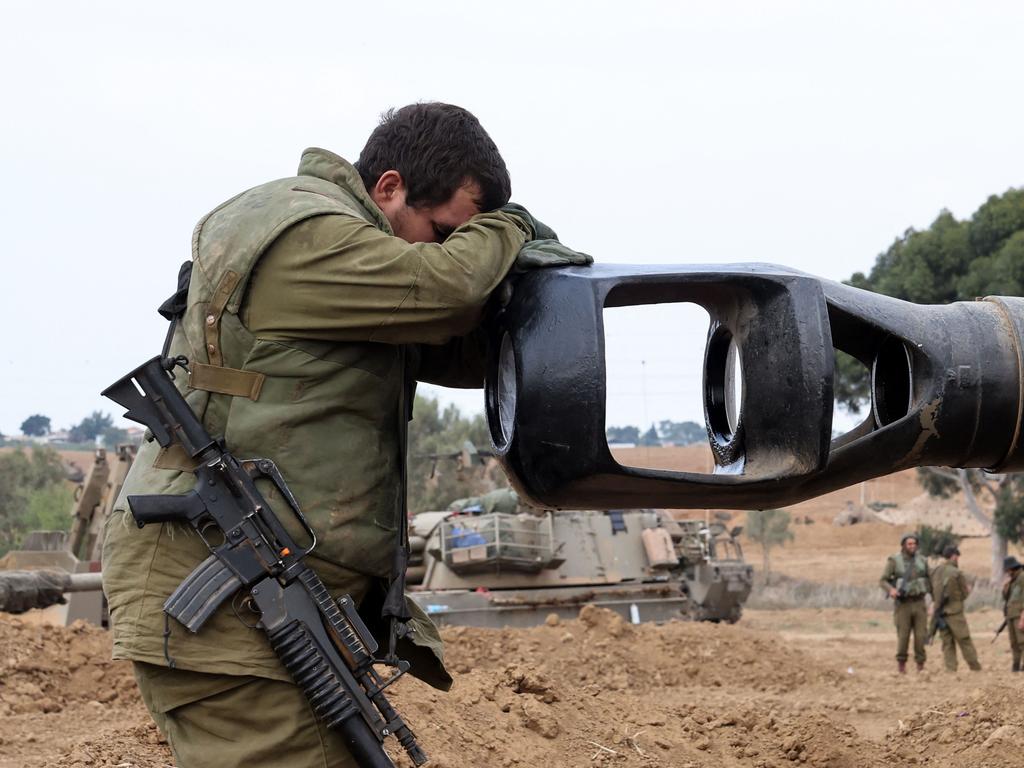


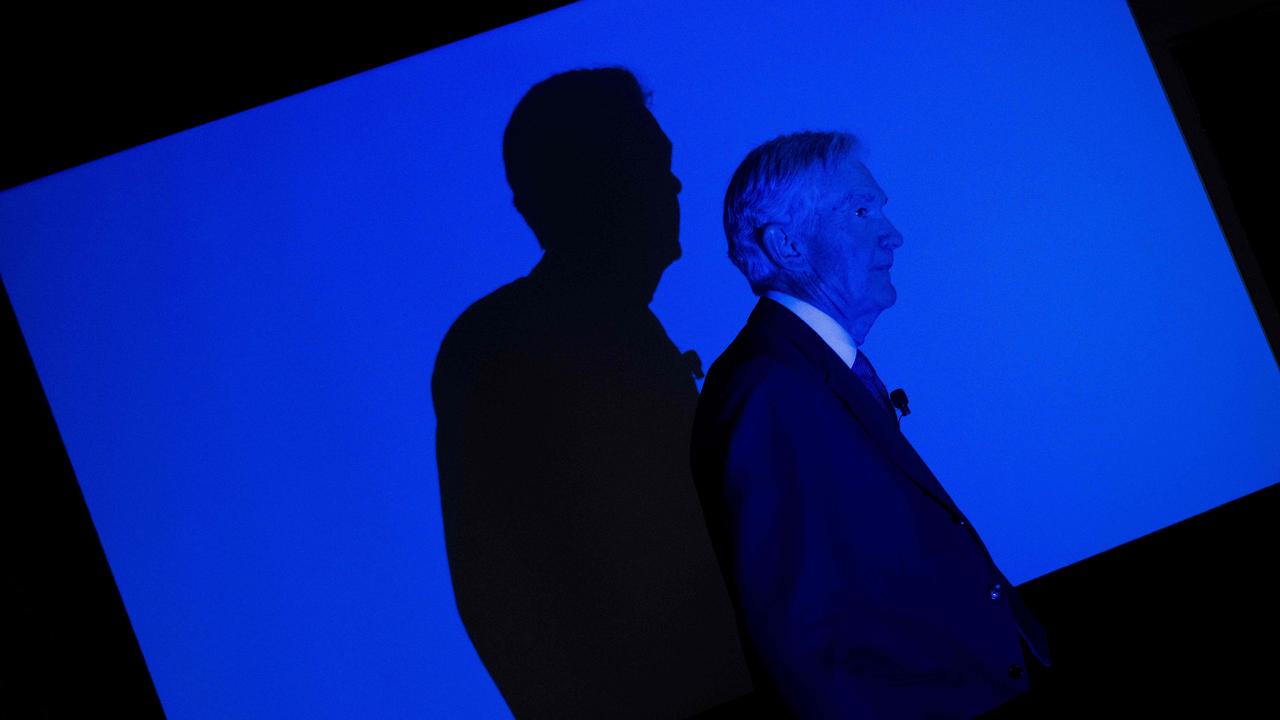
To join the conversation, please log in. Don't have an account? Register
Join the conversation, you are commenting as Logout